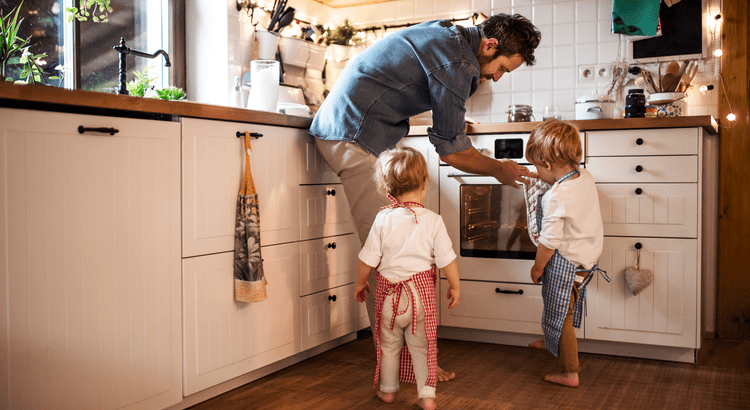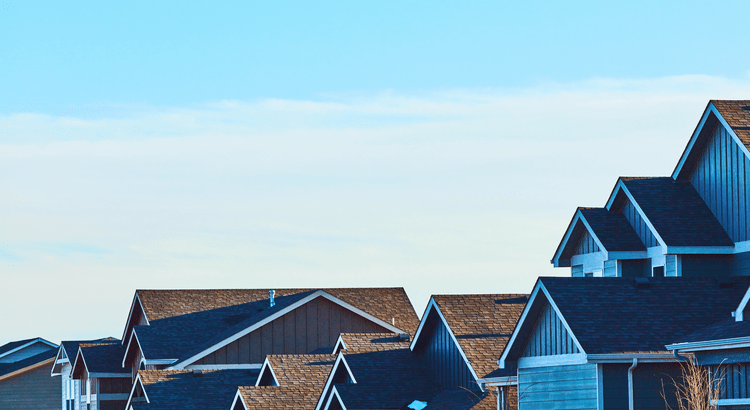1031 Exchange: Definition, Types & Rules You Need to Know!
1031 Exchange: Definition, Types & Rules You Need to Know!
What is a 1031 Exchange?
A 1031 Exchange is a strategy that allows an investor to defer paying capital gains taxes (taxes on the profits you made on selling your asset) when their property is sold. It’s allowed as long as all of the profits go towards a new “like-kind” property.
The Four Types of Exchanges
1. Simultaneous Exchange: The exchange of the relinquished property (the property you sold) and the replacement property (the property you buy with the profits) and is executed simultaneously with a third-party intermediary.
2. Delayed Exchange: When you sell the relinquished property and then acquire the replacement property. Using a third-party exchange intermediary, they will hold your proceeds from the sale of your relinquished property in a binding trust for up to 180 days. Within those 180 days, you must close and purchase your new replacement property. You have 45 days to identify the property.
3. Reverse Exchange: Also known as a forward exchange, it is when you acquire the replacement property before you sell your relinquished property.
4. Construction or Improvement Exchange: Where you can use the profits to go towards improving your replacement property while it is within the 180 day period. All improvements must be fully completed and the ending value of the home must be equal to or greater than it was prior to the improvements.
Main Rules of 1031 Exchanges
- Must be a like-kind property.
- All business and investment real estate property is valid, but it cannot be, for example, farm equipment for a duplex.
- A restaurant for a duplex is valid. - Cannot be personal residence property.
- The replacement property must be of greater or equal value. It can be the sum of multiple replacement properties.
- Must be the same taxpayer on the sale and purchase.
- You have 45 days to identify 3 potential properties that you would like to consider as your replacement property. You can identify a fourth IF the sum of the properties is not greater than 200% of your relinquished property.
- You have 180 days to purchase and close on the replacement property.
Conclusion
It is an extremely valuable tactic, but little mistakes here or there could mean thousands of dollars becoming vulnerable to taxes. That is why most investors, even if they are familiar with the legal matters, opt to consult with a professional to make sure all paperwork is in order.
Recent Posts

How To Find The Best Home Deals Right Now And Save Thousands In Today’s Market

Why More Homebuyers Are Grateful They Bought a House This Year

Why Selling Your Home This Holiday Season Could Be Your Smartest Move Yet

Most Experts Aren’t Expecting a Recession: What Homebuyers Need To Know Right Now

THE HOUSING MARKET IS GAINING MOMENTUM: WHY 2026 COULD BE A BREAKOUT YEAR

Is $80 Really Worth Delaying Your Homeownership? The Truth Buyers Need to Hear in 2025

The Ultimate VA Home Loan Guide: How Veterans Can Buy a Home with $0 Down

What a Government Shutdown Really Means for the Housing Market (And Why You Shouldn’t Panic)

How To Ensure Your Home Sale Closes Smoothly Without Last-Minute Surprises

Think You Missed the Real Estate Wave? Why Now Might Be Your Perfect Time to Buy a Home
GET MORE INFORMATION
